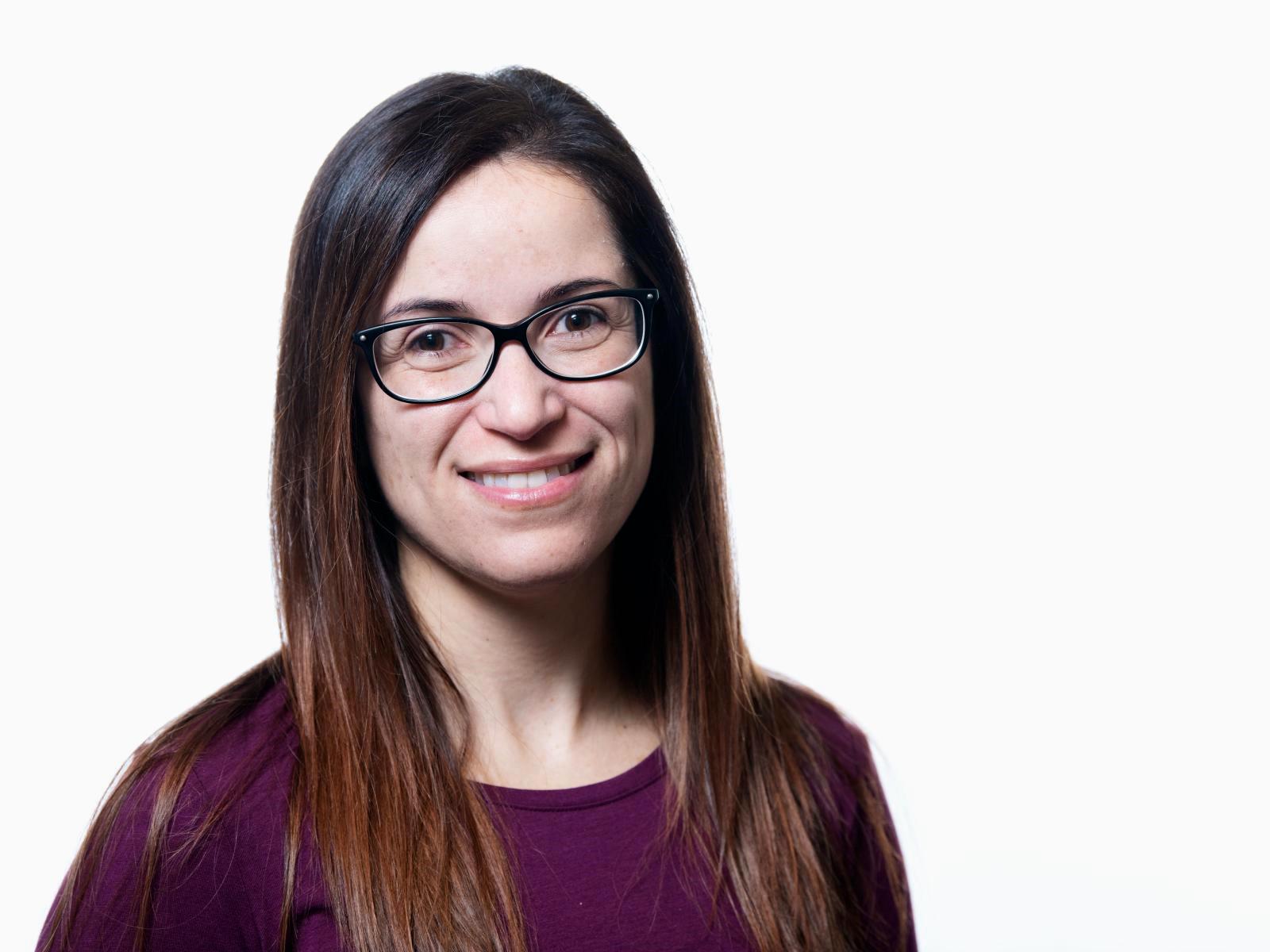Laura di Vacri Joins the Coordinating Panel for Advanced Detectors
di Vacri was selected to participate on the Executive Board of CPAD

Laura di Vacri joins the Executive Board of the Coordinating Panel for Advanced Detectors.
(Photo by Andrea Starr | Pacific Northwest National Laboratory)
Analytical chemist Laura di Vacri has recently been selected to serve for two years on the Executive Board of the Coordinating Panel for Advanced Detectors (CPAD). Formed in 2012, CPAD brings together scientists to promote, coordinate, and assist in developing the next generation of instrumentation and detectors for high energy physics experiments. This marks the first time a scientist from Pacific Northwest National Laboratory (PNNL) has been selected to assist in providing direction and leadership in this community.
“Laura’s selection for the CPAD Executive Board shows a recognition of both the excellence of her work and the importance of low radioactive background methods in particle physics detector technology,” said John L. Orrell, who leads PNNL’s High Energy Physics program.
At PNNL, di Vacri specializes in low-background radiation detection. Her work earned her an Early Career Research Program (ECRP) award from the Department of Energy’s Nuclear Physics program in 2023.
As part of her ECRP award, di Vacri is applying her low-background radiation detection knowledge to the search for neutrinoless double beta decay. Her goal is to help build ultra-sensitive detectors to better observe and understand neutrinos.
“I am honored to serve on the CPAD Executive Board and am grateful to my colleagues for the nomination,” said di Vacri. “My expertise in low-background techniques is uniquely important to high energy physics detectors. I am looking forward to contributing to advancements in high energy physics, and to further increasing PNNL’s visibility in the nuclear and particle physics research community.”
di Vacri earned her bachelor's, master’s, and doctoral degrees at the Università degli Studi dell'Aquila in Italy, where she studied both chemistry and physics. She joined PNNL in 2017 to identify and mitigate trace-level radioactive backgrounds in materials used to build ultrasensitive radiation detectors.
Published: June 19, 2025